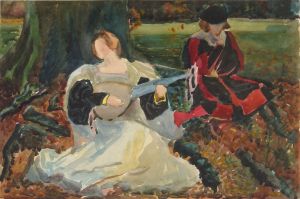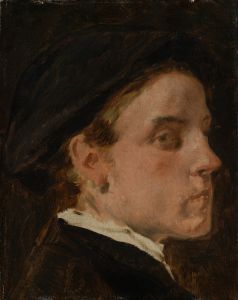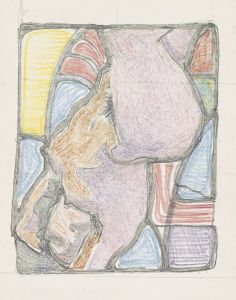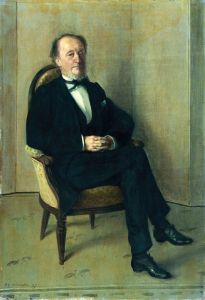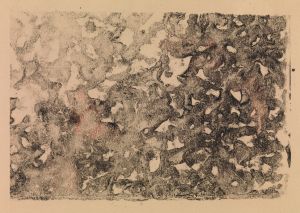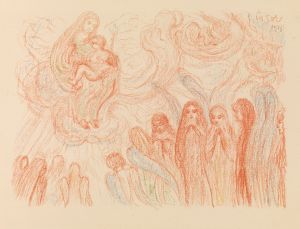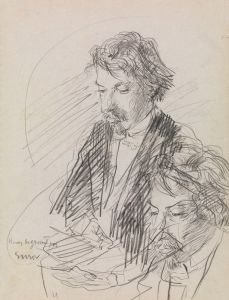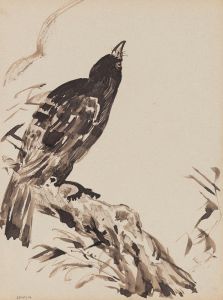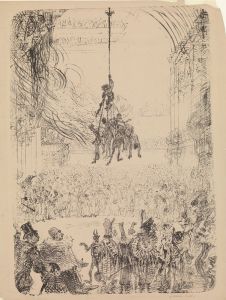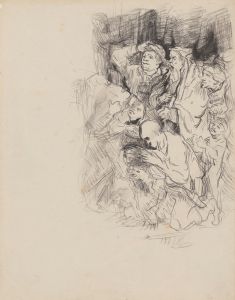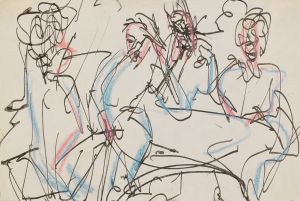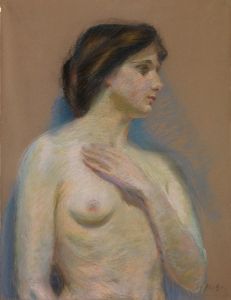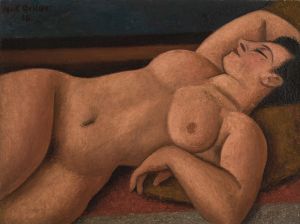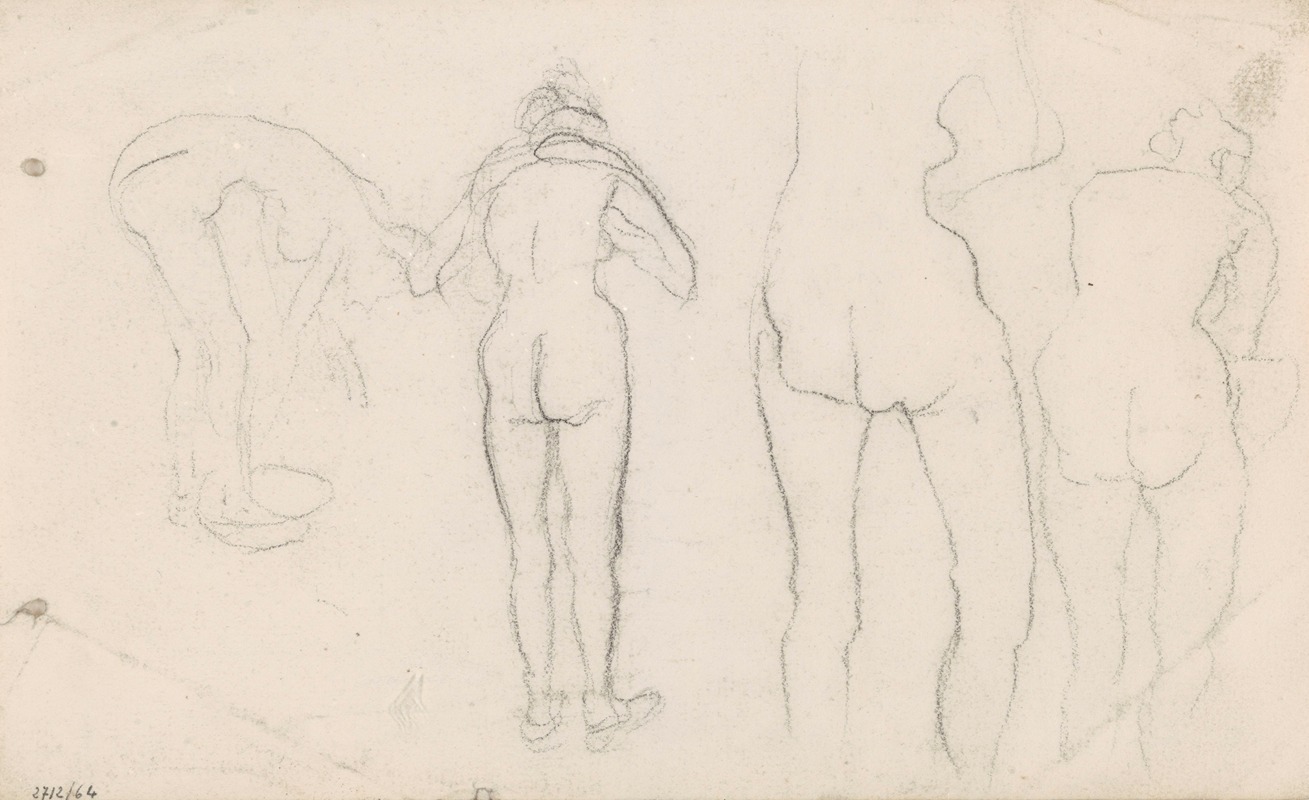
Four Nudes
A hand-painted replica of James Ensor’s masterpiece Four Nudes, meticulously crafted by professional artists to capture the true essence of the original. Each piece is created with museum-quality canvas and rare mineral pigments, carefully painted by experienced artists with delicate brushstrokes and rich, layered colors to perfectly recreate the texture of the original artwork. Unlike machine-printed reproductions, this hand-painted version brings the painting to life, infused with the artist’s emotions and skill in every stroke. Whether for personal collection or home decoration, it instantly elevates the artistic atmosphere of any space.
James Ensor, a Belgian painter and printmaker, is known for his unique and often provocative works that blend elements of realism, symbolism, and expressionism. One of his notable works is "Four Nudes," created in 1902. Ensor's art frequently explores themes of death, masks, and the grotesque, reflecting his fascination with the macabre and the absurdity of human existence.
"Four Nudes" is an oil painting that depicts four nude female figures in a somewhat ambiguous and surreal setting. The painting is characterized by Ensor's distinctive use of vibrant colors and bold brushstrokes, which contribute to the overall sense of unease and otherworldliness. The figures in the painting are rendered with a certain degree of anatomical distortion, a common feature in Ensor's work that emphasizes the expressive and symbolic over the realistic.
The composition of "Four Nudes" is both intriguing and unsettling. The figures are arranged in a way that suggests a narrative or interaction, yet the exact nature of their relationship remains unclear. This ambiguity is a hallmark of Ensor's style, inviting viewers to engage with the painting on a deeper, more interpretive level. The background of the painting is equally ambiguous, with abstract forms and colors that do not provide a clear sense of place or context.
Ensor's choice to depict nude figures is significant, as it reflects his interest in the human body and its symbolic potential. In "Four Nudes," the nudity of the figures can be seen as a metaphor for vulnerability and exposure, themes that recur throughout Ensor's oeuvre. The painting also reflects Ensor's fascination with the grotesque and the uncanny, as the distorted forms and unsettling composition challenge conventional notions of beauty and propriety.
James Ensor was a central figure in the Belgian avant-garde movement and a precursor to expressionism. His work, including "Four Nudes," had a profound influence on later artists, particularly those associated with the expressionist and surrealist movements. Ensor's willingness to explore taboo subjects and his innovative use of color and form set him apart from many of his contemporaries and cemented his place in the history of modern art.
"Four Nudes" exemplifies Ensor's ability to blend the real and the fantastical, creating works that are both visually striking and intellectually provocative. The painting continues to be studied and admired for its boldness and originality, as well as for its contribution to the development of modern art.
In summary, "Four Nudes" by James Ensor is a significant work that showcases the artist's unique style and thematic concerns. Through its use of vibrant color, distorted forms, and ambiguous composition, the painting invites viewers to engage with complex themes of vulnerability, the grotesque, and the human condition. Ensor's work remains influential and continues to captivate audiences with its daring and innovative approach to art.





